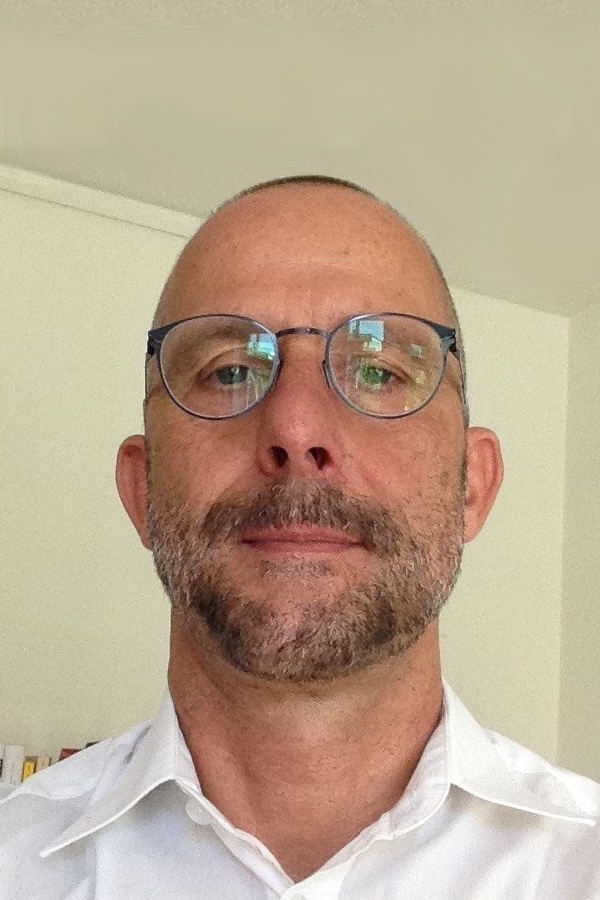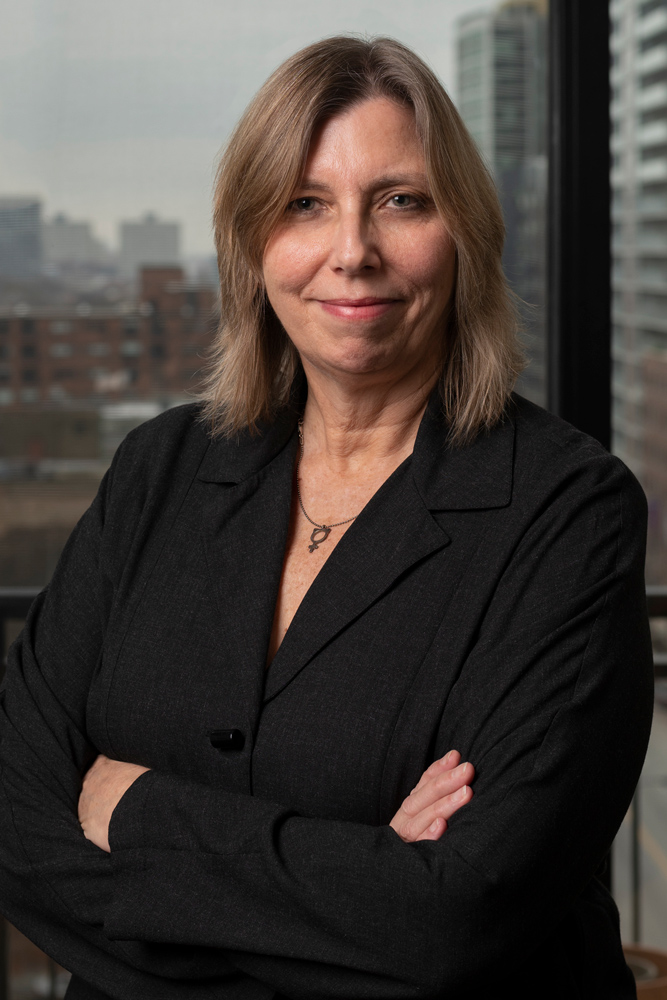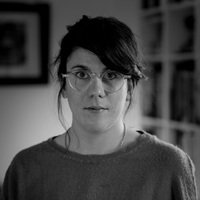ARTMargins Online Eastern European Art Periodicals Map
The AMO interactive Eastern European Art Periodicals Map (2022) is the result of four years of research by Camilla Salvaneschi (IUAV, Venice); Susan Snodgrass (AMO); and Sven Spieker (AMO), and it has benefited from the generous help of several others.(Ian Gabe Wilson, who conducted invaluable initial research, and Russell Coon (pielabmedia.com), who designed the map.) Its goal is to demonstrate intellectual affinities between currently active art-focused periodicals published in the region, revealing in the process the material conditions of art writing and art publishing in Eastern Europe today.
The Eastern European Art Periodicals Map recalls Irwin’s East Art Map (2000/2006), a project that reconstructed the history of contemporary art and artist networks in Eastern Europe. Yet in important ways it goes beyond this and other related efforts.(See also the ARTMargins special issue Art Periodicals Today: Historically Considered, which was co-published byARTMargins Print (#5.3 2016) and ARTMargins Online.) An experiment in knowledge production, the Eastern European Art Periodicals Map does not aim at scientific objectivity. Rather, it aims to lay out a perspective on the region’s art publishing landscape based on the perceptions and judgment of some of its key agents, including critics, art historians, and editors.
Our research proceeded in two steps. In a first step, we asked a group of critics and art historians from the region to identify the Eastern Europe-based art periodicals they consider most relevant.(These were Ivana Bago, Madalina Brasoveanu, Andrea Euringer-Bátorová, Dávid Féher, Andrei Fomenko, Maja and Reuben Fowkes, Daniel Grún, Gal Kirn, Suzana Milevska, Nastya Ryabova, and Stanislav Savitsky.) In a second step, we asked the editors of the periodicals named in step one to tell us which regional and international art periodicals they consider most relevant for their own publications, ranking these as either “important” or “very important.” The responses we received from this survey form the basis of the dense network of connections between different periodicals represented on our Map. We visualize this information through lines in two different colors (blue line > international influence; orange line > regional influence), combined with volume (thick line > very important influence; thin line > important influence). Pointed arrows show the direction in which a perceived influence travels. In this way, the line that connects two publications indicates a connection between them, but it does more than that: it also aims to show this connection perceived as a form of influence.
For instance, a thick orange line connecting a periodical published in Bratislava with another periodical published in Riga, and pointing in the direction of the Bratislava periodical, indicates that the periodical from Riga is being perceived by the editors of the Bratislava publication as exerting a strong influence on their own periodical.
By clicking on the dot next to a periodical, users may access additional information about the respective publication, provided it was named as relevant by our contact group in step one. This information, which appears in a separate window, includes the material and intellectual context in which the given periodical operates, including distribution, publication frequency, the number of employees, and economic model, as well as key challenges and a brief statement about its editorial mission.(This information was provided to us by the periodicals themselves, based on a standardized questionnaire.)
Of the twenty-five periodicals who responded to our survey, eighteen are nonprofit (funded by private institutions or public grants), while the remaining are either for-profit or based on a hybrid structure supported through advertising, sales, and public grants. Editorial teams are usually small (less than ten people), and most editors hold other positions. Content focuses on the art of the country or region in which each journal is active, and more broadly on contemporary art in Eastern Europe.
Most of the regional periodicals appearing on the map have a strong online presence to facilitate international print distribution and readership – two of the main challenges highlighted by over 50% of the periodicals that responded. In addition to challenges of distribution and readership (as well as funding sources), some publications cited the anti-intellectual context in their respective countries as a factor that results in censorship or self-censorship.
Our research reveals a dense web of perceived influences between periodicals published in Eastern Europe and Western Europe and the United States. This is fully in line with longstanding patterns whereby art scenes in Eastern Europe have tended to be more informed about events and publications originating in the West than in neighboring countries within Eastern Europe. However, to the extent that these perceptions have now been desublimated and are being perceived as instances of influence, this may also open the door to critical evaluation. At the same time, our map clearly demonstrates a high degree of connectivity between periodicals within Eastern Europe, testimony to the fact that art periodicals published in the region do perceive themselves as being connected/influenced by publications in neighboring countries as well.
We are aware that several relevant periodicals from the region are missing; yet given the parameters of our research experiment, this was to be expected. We did not aim for inclusive coverage but rather wanted to reveal patterns of intellectual influence, filtering these through the perception of a group of art historians and critics close to our own networks (AMO). As such, our map does not present itself as a chronological account or development but more like a snapshot in time: the period of our research between 2017 and 2021.
For additional information on how to navigate the map, please click on the Help tab on the map.







